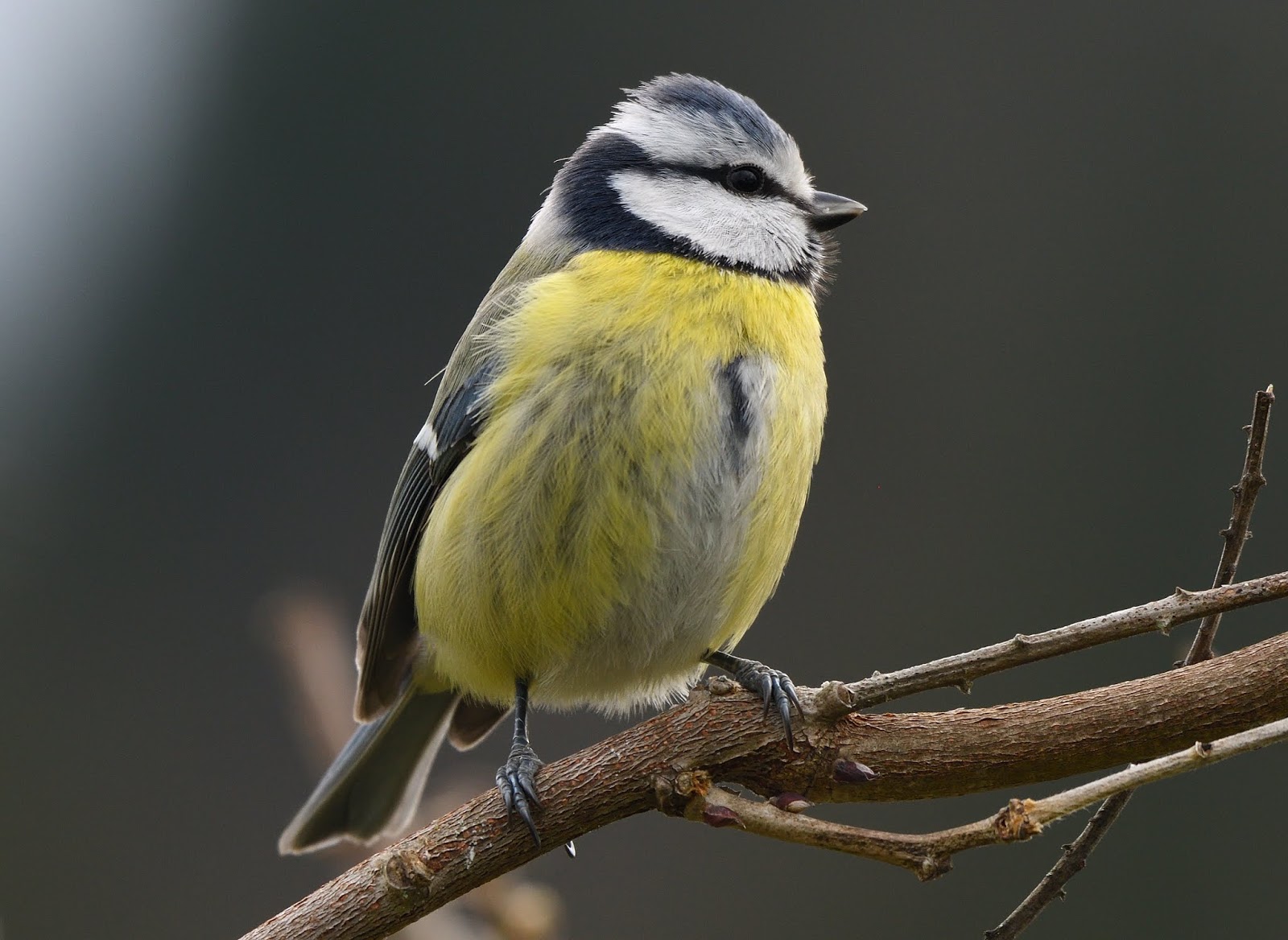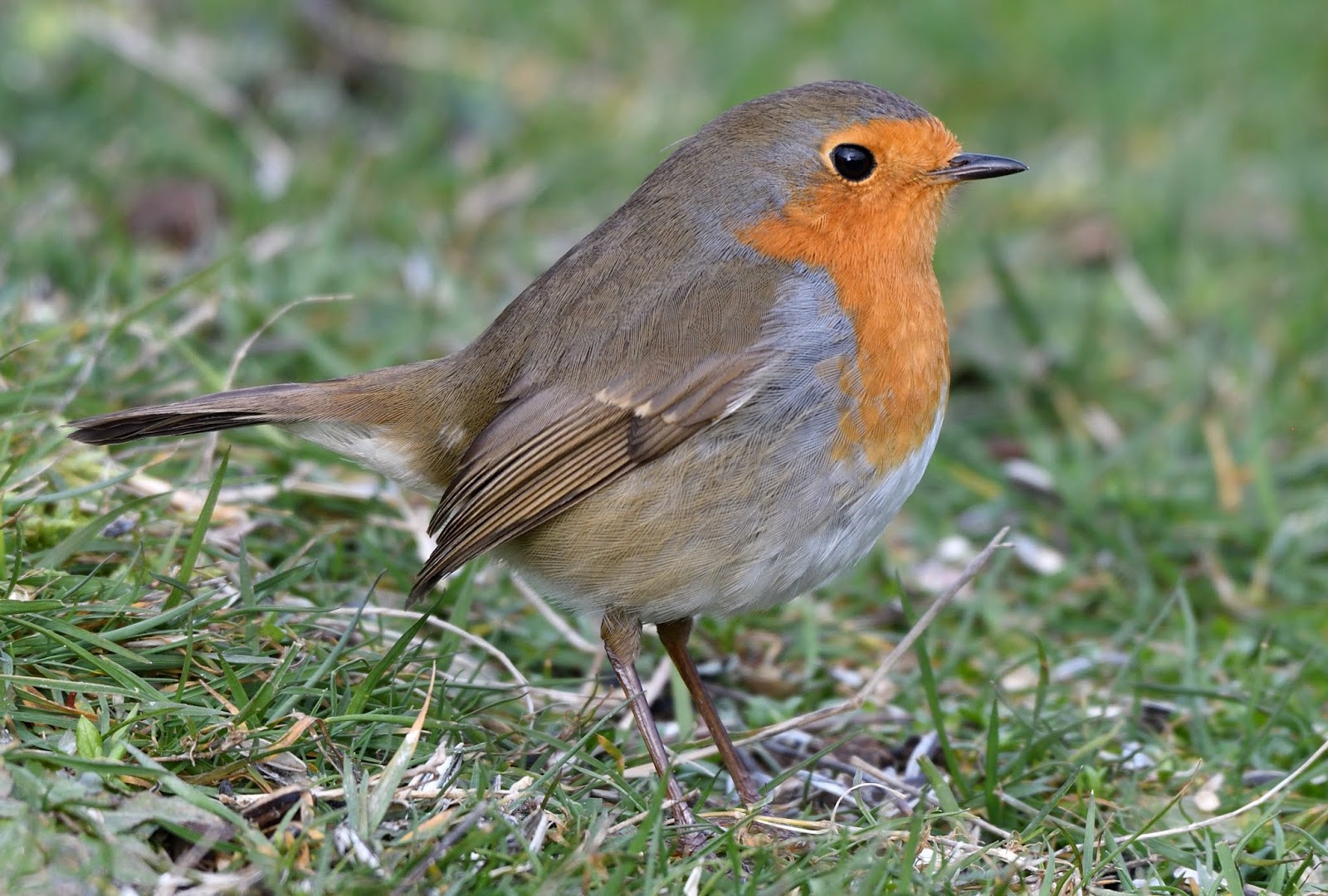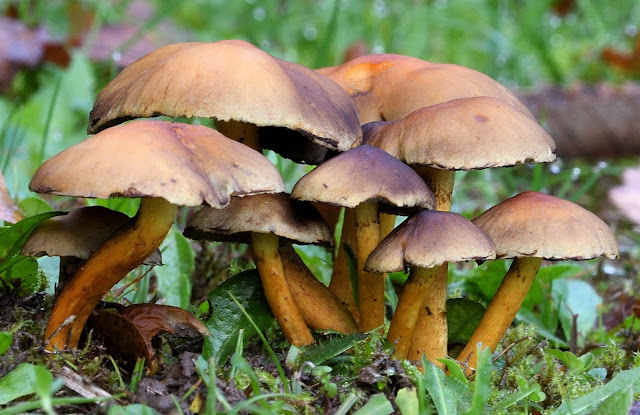Blue Tits and Great Tits - two of our most brightly coloured birds!

All images taken with my Nikon D500 body and Nikon 200-500 f5.6 lens. The Blue Tit (Cyanistes Caeruleus) Like most other members of the tit family, Blue Tits are small birds, with strong bills and a rather plump but lively appearance. One of the most noticeable features is the strong head pattern; the dark blue-black eyestripe and the brighter blue ‘skull cap’ are set against the white cheeks and forehead. The blue-green back becomes a brighter blue on the wings, while the underside is a bright lemon yellow. Although male Blue Tits are usually brighter in colour than the females, this difference is not normally apparent in the field. Young Blue Tits are duller in appearance than the adults and have pale yellow rather than white cheeks. a group of Blue Tits, share a feeder with a Great Tit, on a snowy winters day. Although Blue Tits are really birds of deciduous woodland, This delightful and entertaining small bird is a frequent visitor to ga...

